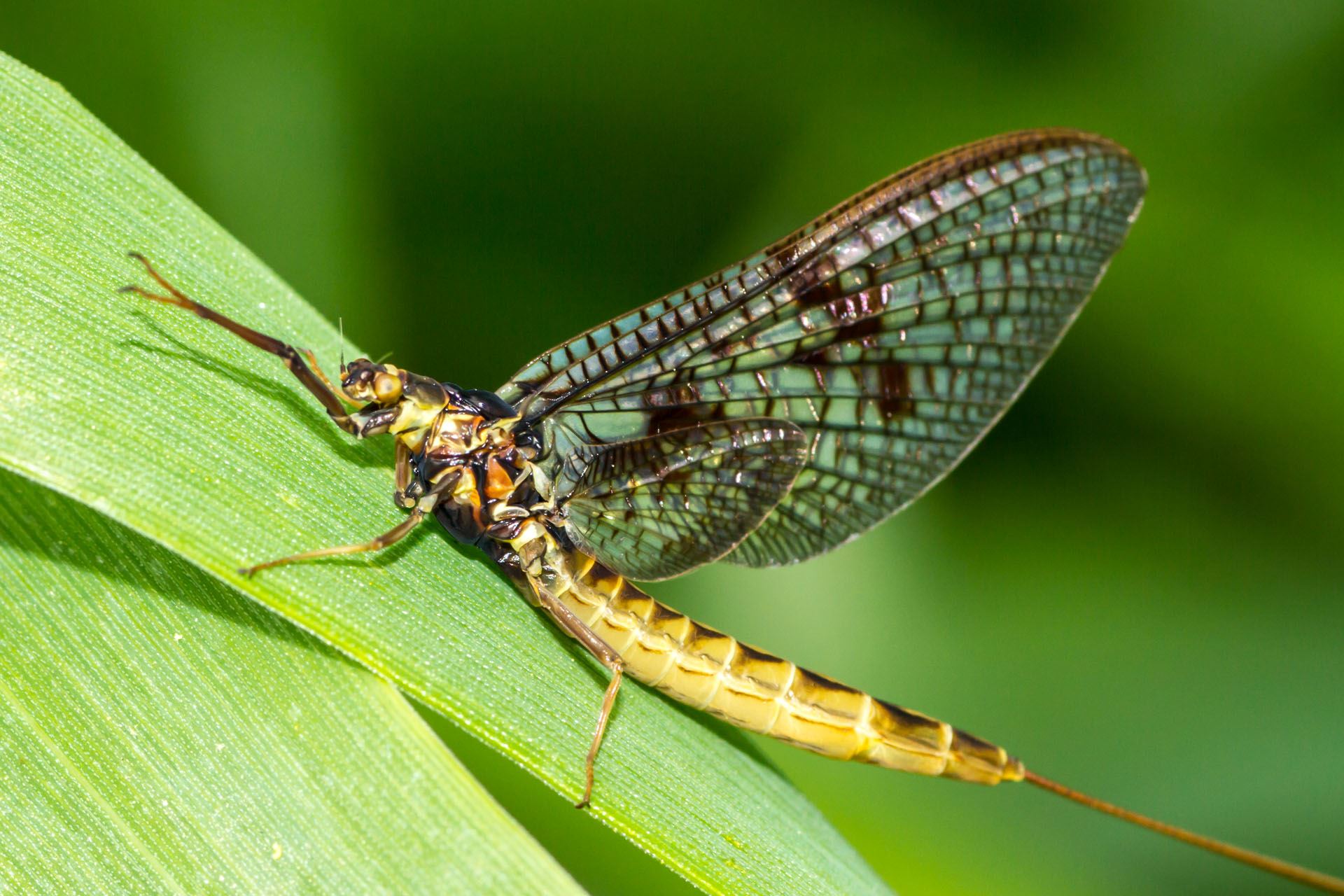Though formerly described as a “sporadic” disease affecting horses that lived near the Potomac River, Potomac Horse Fever (PHF) has now been identified in multiple other geographic areas in the United States and Canada. While not dubbed a “core vaccine” with the American Association of Equine Practitioners, many veterinarians recommend their clients vaccinate for the disease.
By Sarah E. Coleman
How Potomac Horse Fever is Transmitted
Known by other more-uncommon names like Ditch Fever, Shasta River Crud and Equine monocytic ehrlichiosis, Potomac Horse Fever is a seasonal disease seen in spring, summer and early fall on farms that are located near creeks or rivers. The disease is caused by a bacterium called Neorickettsia risticii, which is found in flatworms that develop in aquatic snails. The snails then shed the bacteria when the water warms in the spring and summer. From there, the bacteria can be ingested by horses drinking from rivers or streams, or, more likely, the bacteria is picked up by aquatic insects like mayflies, caddisflies, dragonflies or damselflies.

These infected insects can be ingested by horses as they graze, or they may be eaten by bats and barn swallows, which may also inhabit barns; it is not known if the feces from bats and birds play a role in PHF infection.
Signs of PHF
PHF causes diarrhea, mild colic and fever, and may cause abortion in pregnant mares. Horses infected with PHF become depressed and anorexic before developing a fever; they will have an elevated heart rate and dark mucous membranes. Horses may sweat and intestinal sounds may be decreased; within 48 hours horses typically develop diarrhea with some mild colic signs. Some horses may become dehydrated or septic, and some will develop laminitis.
The incubation period for PHF is 10 to 18 days, and infected horses are not contagious. Acute colitis in the small and large intestine is a possibility, but the biggest complication of PHF is laminitis, which occurs in 20-30 percent of affected horses; it is normally severe and averse to treatment. Fatality from PHF is between 5 and 30 percent.
Treatment
Often confused with salmonella, a definitive diagnosis of PHF requires testing for the bacteria in blood or feces. Many vets opt to begin treatment of the affected horse before the blood work is back as the disease can progress rapidly.
Horses infected with PHF can be treated with oxytetracycline if they are diagnosed early in the disease progression. Horses generally begin responding to treatment within 12 hours. Responses typically include the return of appetite, a brighter attitude, a reduction of fever and an increase in intestinal sounds. If the horse is exhibiting signs of entercolitis, fluids and NSAIDs are normally given. If discovered early, signs of the disease resolve by the third day of treatment.
Prevention
If PHF has been confirmed on a farm or geographic area, it’s very likely that additional PHF cases will occur. Vaccinations for PHF are marginally effective; there are more than 14 strains of N ristcii, so the vaccination may not cover all strains (similar to being vaccinated for human influenza and still ending up with the flu, but with a less-severe case). There are some strategies horse owners can employ to help minimize the prevalence of insects that may be responsible for PHF. These include:
-
Turning off lights at night to avoid insect attraction
-
Maintaining barriers along bodies of water to encourage insects to stay near their home base
-
Cleaning water and feed buckets regularly to avoid accidental ingestion
-
Covering horse feed to avoid insect contamination
PHF can have grave consequences for horses, so discussing the disease with a vet and determining the best course of action to protect equines is paramount.
